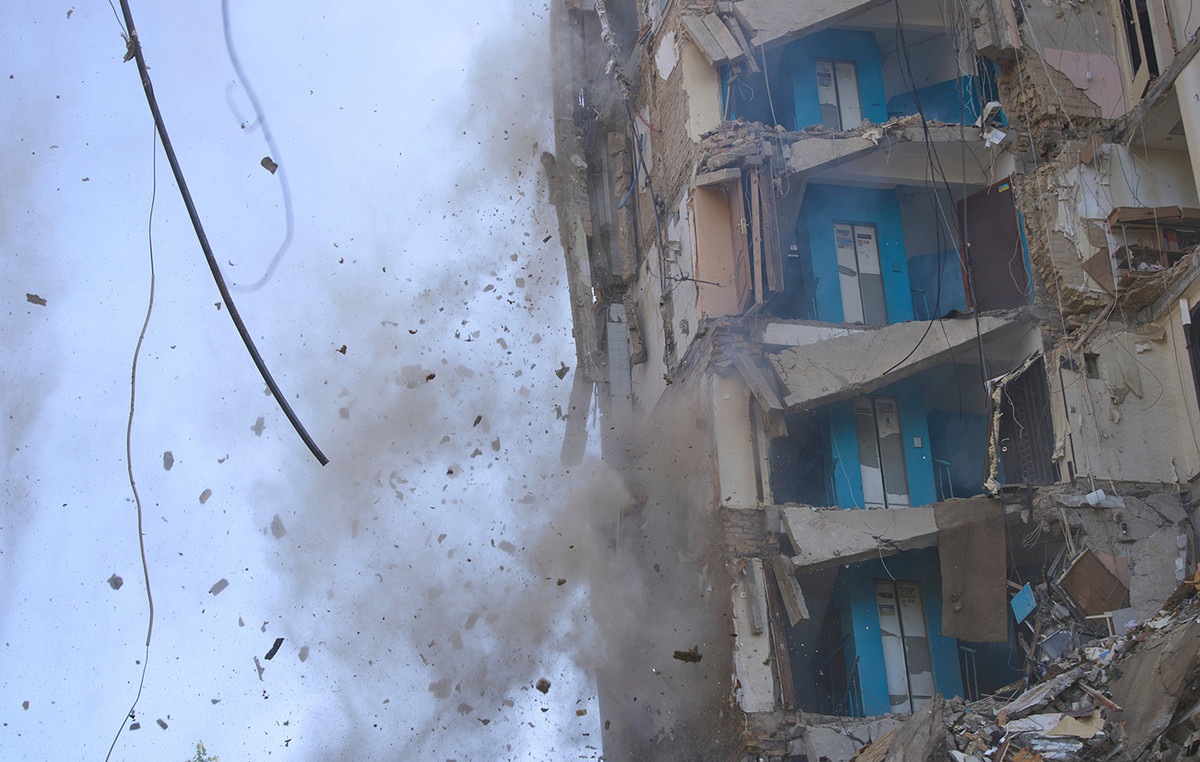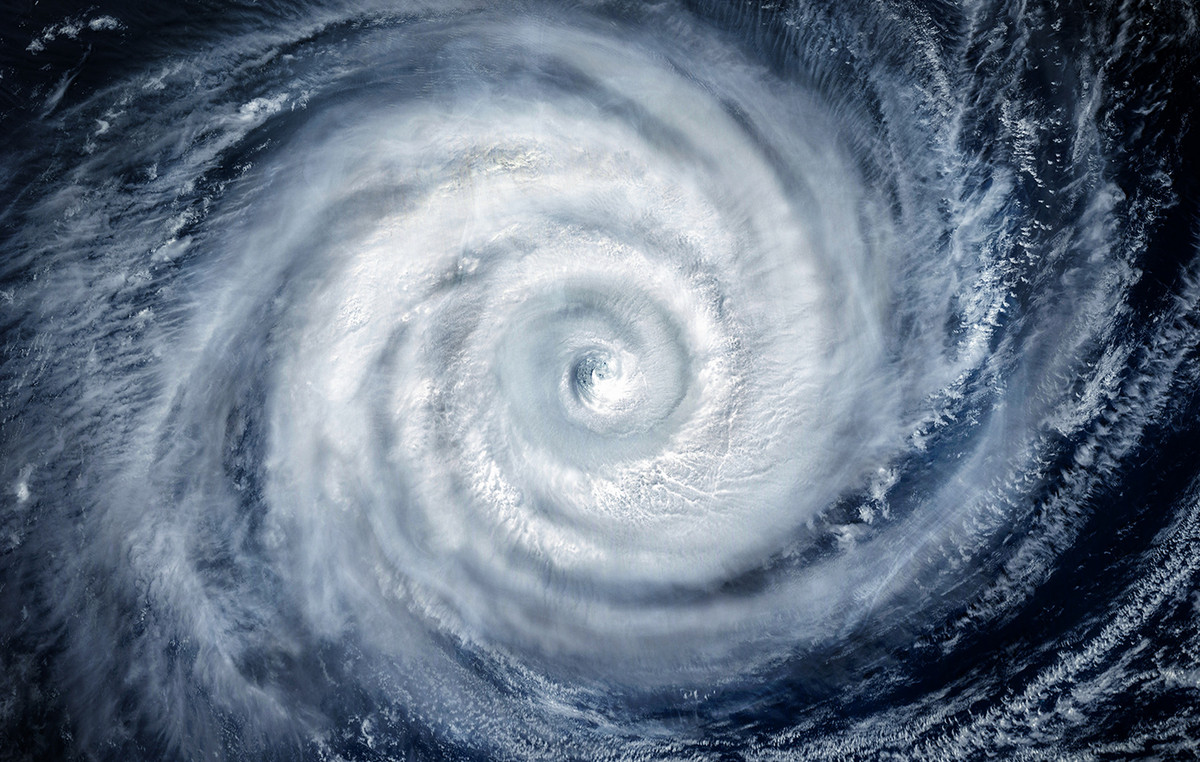Glaciers around the world are melting at an alarming rate and leaving huge pools of water in their wake. Melt water fills the depression left by the glacier, forming what is known as a glacial lake.
As temperatures warm and more of the glacier melts, the lake rises – and living below one can be incredibly dangerous. If the lake rises too high or the surrounding land or ice gives way, it can burst, sending water and debris over the mountains.
This phenomenon is called a glacial lake eruption and, according to a study published on Tuesday (7) in Nature Communications magazine, an estimated 15 million people worldwide who live within 30 miles of a glacial lake are at risk. More than half of them are concentrated in just four countries – India, Pakistan, Peru and China.
This is the first study to specifically look at the potential impact of breakouts on glacial lakes, which experts say cannot be overstated.
Tom Robinson, study co-author and senior lecturer at the University of Canterbury in New Zealand, said an eruption in a glacial lake is like a “tsunami on earth”. He compared its impact to the sudden collapse of a dam.
“These glacial dams are no different than built dams,” Robinson told CNN . “If you take the Hoover Dam, for example, you have a huge lake behind it, but if you suddenly remove the Hoover Dam, that water has to go somewhere, and it’s going to cascade down a valley in huge waves. flood”.
These floods happen with little or no warning. Previous breaches of glacial lakes have killed thousands of people and destroyed property and critical infrastructure. The Cordillera Blanca in Peru is a point of this dangerous phenomenon. Since 1941, according to researchers, the mountain range has experienced more than 30 glacial disasters, from avalanches to the rupture of glacial lakes, which have killed more than 15,000 people.
While it remains unclear how much of last year’s flooding in Pakistan was linked to glacial melt, the country is home to more glaciers than anywhere else in the world outside the polar regions. In 2022 alone, there were at least 16 incidents of glacial lake eruptions in the Gilgit-Baltistan region in the north of the country – significantly more than the five or six events seen in previous years, scientists said.
The study found that the region most exposed to these eruptions is the part of the High Mountains of Asia, which includes Nepal, Pakistan and Kazakhstan. On average, each person in this region lives within about ten kilometers of a glacial lake, the scientists noted.
But Robinson said the Andes region, including Peru and Bolivia, is one of the most concerning given how little research has been done in the area. The study noted that over the past two decades, glaciers in the Andes have rapidly melted as a result of the climate crisis, creating huge glacial lakes in their wake and increasing the threat of flooding.
Robinson noted that North America and the European Alps don’t stand out as highly vulnerable because fewer people live near glacial basins. Even though hazards are quite high in these regions, he said, the lack of exposed populations gives them a “low hazard score.”

David Rounce, a glaciologist at Carnegie Mellon University who was not involved in the study, said Tuesday’s study is “powerful” when analyzing the global comparison and noted that it would be interesting to see how the risk of eruptions in glacial lakes, as well as Emergency management strategies change over time.
“This is a first step forward, very good for understanding where we invest a lot of our time and our research efforts and where we can improve,” said Rounce to CNN adding that the method the authors used can be applied to future projections “to understand where that exposure might change in the future, or where that hazard might change.”
Melting glaciers are one of the clearest and most visible signs of the climate crisis. A recent study, on which Rounce was the lead author, found that up to half of the planet’s glaciers could be lost by the end of the century, even if the world’s ambitious global climate goals, including phasing out fossil fuels, are met.
As temperatures continue to rise, Robinson said he hopes his research can help global leaders determine which countries most need early warning systems for extreme flooding caused by glacial melt.
“We as a global community have limited resources – and some of us have access to more resources than others,” he said. “We want to ensure that these resources are put to good use in areas where the impacts could be quite severe.”
Robinson added that once there is investment in the most vulnerable countries, such as India, Pakistan, Peru and China, “we can go down that list and keep working” to save even more lives from the possible rupture of these glacial lakes.
Source: CNN Brasil
Bruce Belcher is a seasoned author with over 5 years of experience in world news. He writes for online news websites and provides in-depth analysis on the world stock market. Bruce is known for his insightful perspectives and commitment to keeping the public informed.







